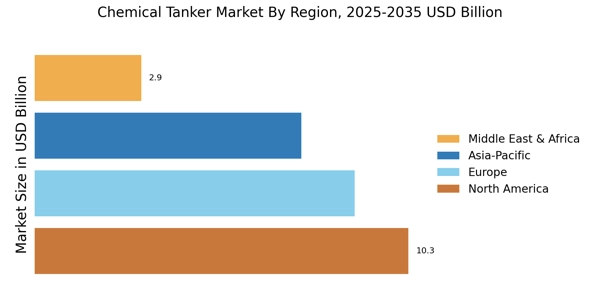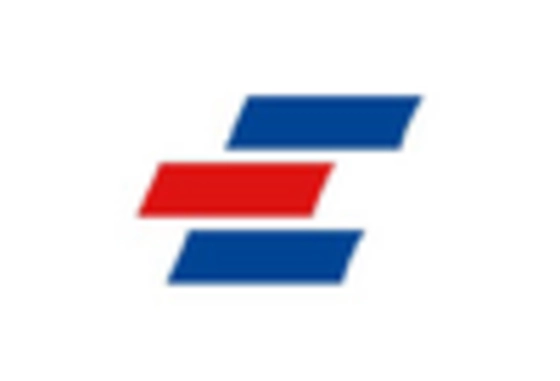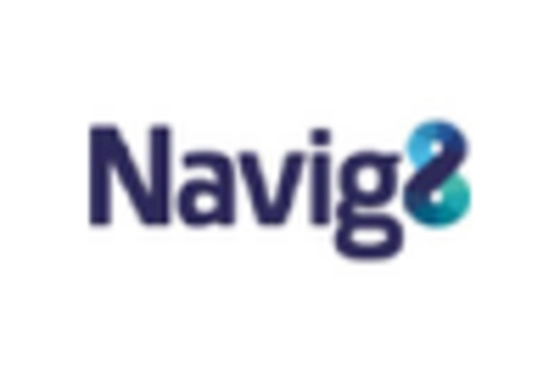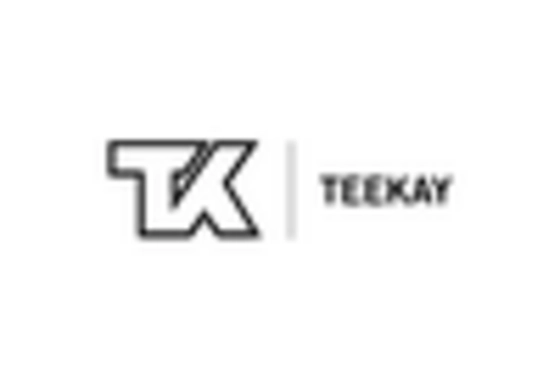Growth in Emerging Markets
The Chemical Tanker Market is witnessing substantial growth in emerging markets, where industrialization and urbanization are accelerating the demand for chemical products. Countries in Asia and Africa are experiencing rapid economic development, leading to increased consumption of chemicals across various sectors. By 2025, it is anticipated that these regions will contribute significantly to the overall demand for chemical tankers, as local manufacturers seek efficient transportation solutions to meet rising consumer needs. This trend presents opportunities for the Chemical Tanker Market to expand its operations and enhance service offerings in these burgeoning markets.
Rising Environmental Regulations
The Chemical Tanker Market is significantly influenced by the rising environmental regulations aimed at reducing emissions and promoting sustainable practices. Governments and regulatory bodies are increasingly implementing stringent guidelines for the transportation of chemicals, necessitating the adoption of advanced technologies and eco-friendly practices within the industry. As of 2025, compliance with these regulations is expected to drive investments in modernizing fleets and enhancing safety protocols. This shift not only aligns with The Chemical Tanker Industry as a key player in the transition towards greener logistics solutions.
Expansion of the Petrochemical Sector
The Chemical Tanker Market is poised for growth due to the expansion of the petrochemical sector, which is a critical component of the global economy. With the increasing production of petrochemicals, particularly in regions with abundant natural resources, the demand for chemical tankers is likely to rise. In 2025, the petrochemical industry is expected to witness a compound annual growth rate of approximately 5%, further driving the need for specialized transportation solutions. This expansion not only enhances the operational capacity of chemical tankers but also emphasizes the importance of compliance with safety and environmental regulations within the Chemical Tanker Market.
Technological Innovations in Shipping
The Chemical Tanker Market is benefiting from technological innovations that enhance the efficiency and safety of chemical transportation. Advancements in digitalization, automation, and data analytics are transforming operational practices, allowing for better route optimization and real-time monitoring of cargo conditions. By 2025, it is expected that these technologies will play a crucial role in improving the overall performance of chemical tankers, reducing operational costs, and minimizing environmental impact. As the industry embraces these innovations, the Chemical Tanker Market is likely to see increased competitiveness and improved service delivery.
Increasing Demand for Specialty Chemicals
The Chemical Tanker Market is experiencing a notable surge in demand for specialty chemicals, driven by their applications in various sectors such as pharmaceuticals, agriculture, and personal care. As industries increasingly rely on these chemicals for product differentiation and enhanced performance, the need for efficient transportation solutions becomes paramount. In 2025, the specialty chemicals segment is projected to account for a significant share of the overall chemical market, indicating a robust growth trajectory. This trend necessitates the use of chemical tankers that can safely and effectively transport these sensitive materials, thereby bolstering the Chemical Tanker Market.


















Leave a Comment